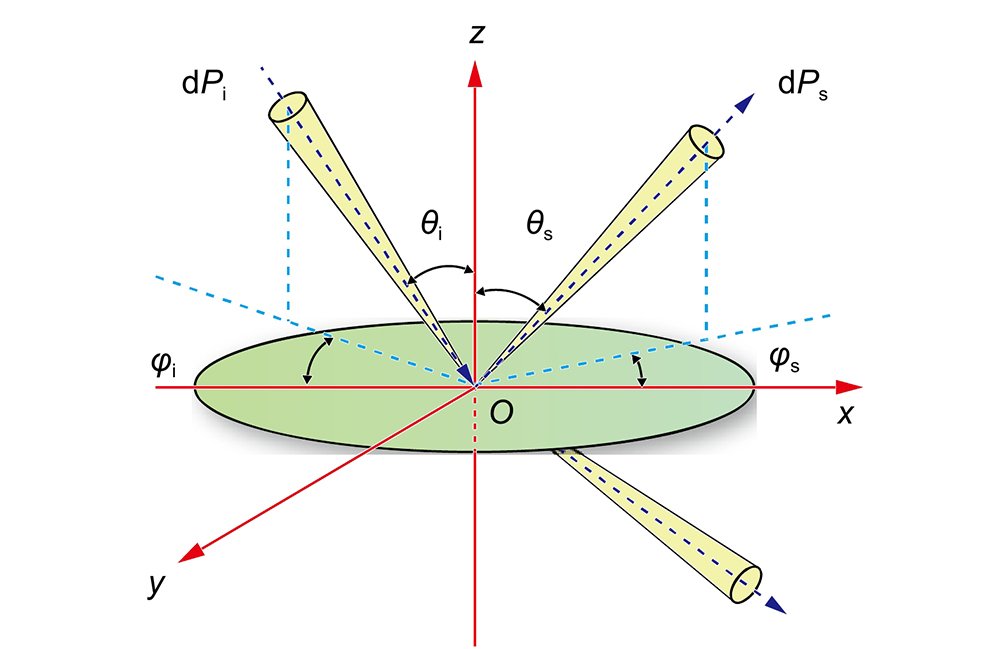Yunhao Zhang, Zheqiang Zhong, Bin Zhang. Analysis of surface scattering characteristics of ultra-smooth optical components in gravitational wave detection system[J]. Opto-Electronic Engineering, 2023, 50(11): 230222-1
Search by keywords or author
- Opto-Electronic Engineering
- Vol. 50, Issue 11, 230222-1 (2023)
Abstract

Set citation alerts for the article
Please enter your email address



